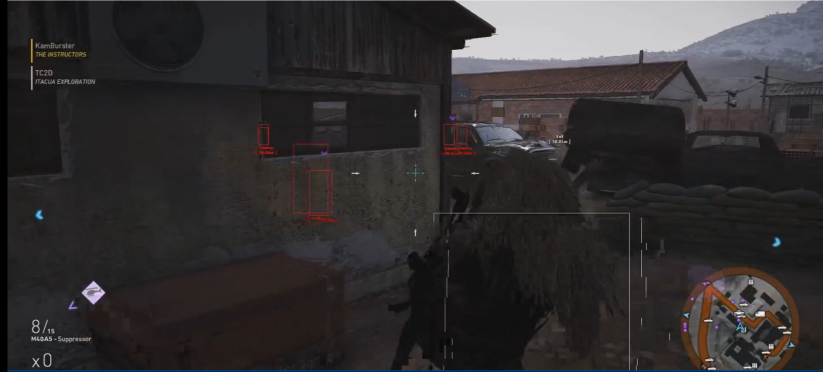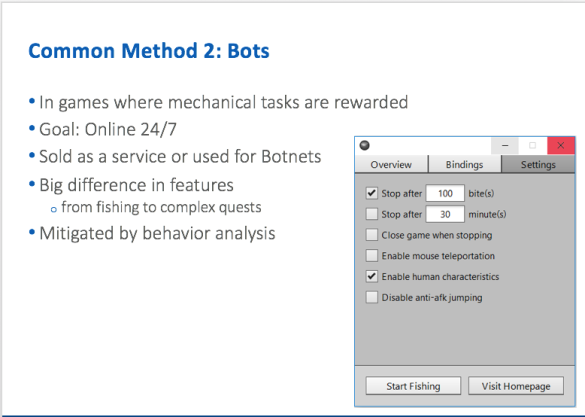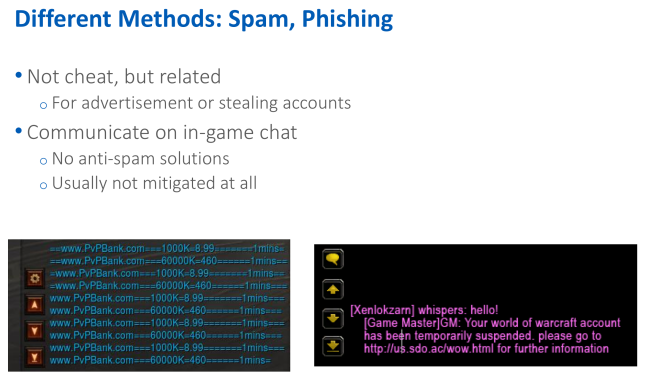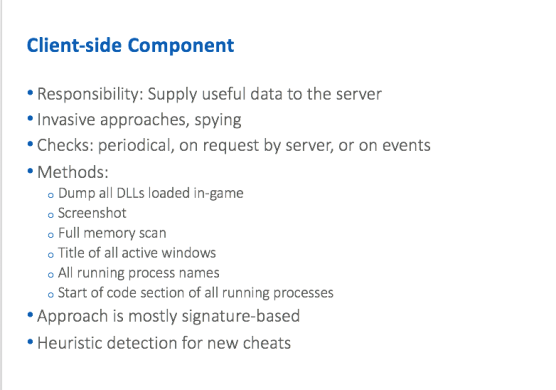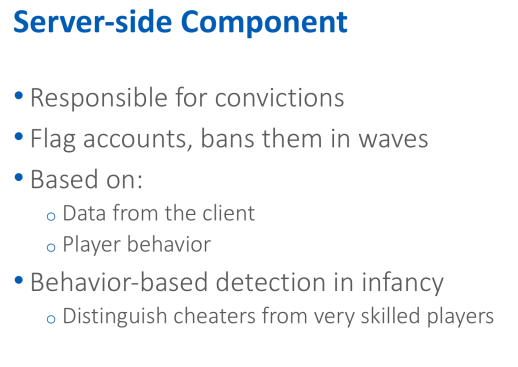Queensland police have charged a Justin Bieber imposter with 931 offenses against children, including rape and producing imagery of child abuse.
They’re asking fans and their parents to be extra-vigilant online: coincidentally, Bieber is now on tour in Australia and New Zealand.
As well, on Saturday, Queensland Police’s child abuse taskforce plans to answer questions on keeping kids safe online: click here or see below for details, as well as our own tips if you can’t get to Queensland.
Police say the alleged predator has been operating since 2007, well before Bieber’s current Purpose Tour 2017 launched this month.
The accused is alleged to have reached out to victims via Facebook, Skype and other online platforms, police said in a statement on Thursday.
Australian news outlets, including News.com.au, have identified the suspect as Gordon Douglas Chalmers, a 42-year-old University of Technology law lecturer, whose home they raided after tip-offs from US and German authorities in November.
At the time, police alleged that Chalmers refused to provide access to his social media and messaging accounts and to cloud servers. They opposed granting him bail, citing the likelihood that he’d tamper with evidence and interfere with witnesses.
According to News.com.au, police also said that they feared that if they let him out, he’d continue to contact children, given what they called Chalmers’ “rapacious appetite” for child abuse.
He was charged with using Facebook and Skype to allegedly impersonate Bieber, with using a carriage service to allegedly procure and groom children for sex and to access child abuse imagery, and with allegedly possessing such images. Police believe he’s been carrying out the alleged offenses since at least the past decade.
This week’s allegations and the stunning number of new charges against Chalmers are a result of material allegedly discovered after warrants were issued in November and police had a chance to examine his computer.
Police allege that Chalmers used multiple online platforms besides Facebook and Skype to communicate with his victims.
Queensland, in northeastern Australia, has been at the center of many investigations into online child exploitation and abuse. The Queensland Police Service has a branch dedicated to such investigations, called Taskforce Argos, which was responsible for the investigation into Chalmer’s activities.
Detective Inspector Jon Rouse said in the police statement that the investigation into Chalmers’ alleged abuse shows both how vulnerable children are when they use social media and how sex offenders can use online means to groom and seduce victims on a global scale.
The fact that so many children could believe that they were communicating with this particular celebrity highlights the need for a serious rethink about the way that we as a society educate our children about online safety.
Amen to that, DI Rouse. There’s a vital need for education. Children are still falling for imposters, in spite of valiant efforts to educate them about the dangers of trusting someone online just because they claim to be a celebrity or that they’re the same age as a child, and in spite of laudable efforts to cooperate internationally in investigations and prosecutions.
How to keep your kids safe
When it comes to education, bear in mind that it’s not enough to warn kids about the dangers of Facebook. Practically any social media platform is a hunting ground for pedophiles. They pose as celebrities, or they pose as girls – whatever works to help them find victims to “befriend”, to coax sexual images out of, or even to meet in real life.
One example is Brian Caputo, a then-25-year-old California man who, the FBI claimed, used Facebook, Kik Messenger, Text Me, Yahoo and Dropbox to communicate with dozens of minor females while posing as an underage girl.
Upon executing a search warrant, agents reported that they found that Caputo had amassed hundreds of images over the course of eight years.
More than 660 sexually explicit images were coerced out of one underage girl alone – a girl whom Caputo allegedly convinced to upload images of herself to a Dropbox account that he controlled.
Bear in mind that predators also use malware to gain control of victims’ webcams, in order to stealthily record videos or take photos.
This tactic was used by the sextortionist who antagonized Miss Teen USA and others in 2013. He had taken videos of them without their knowledge by using a Remote Access Trojan (RAT).
Because online sexual predators use both social engineering and malware to target victims, staying safe requires both a healthy dose of suspicion regarding people trying to cozy up to us online, and an equally healthy amount of due diligence when it comes to security defenses on our devices.
Here are some of the lessons we must teach our children, along with some steps we can take to keep monsters from getting at them through security holes in our devices.
- Watch out for messages from strangers via email or social networking sites. Never click on any links in such messages. Remember, just because somebody says he’s Justin Bieber doesn’t mean the heart-throb is really looking for love with random internet strangers.
- Advice for all of us, not just the kids: cover your webcam – or any other internet-connected camera, be it on your phone, your tablet, or a baby monitor – when you’re not using it. No need to get fancy: a sticky note will do fine.
- Don’t let your children have a computer in their bedroom. Keep it someplace like the living room where you and others can keep an eye on what’s going on.
- Protect your devices with appropriate security software.
- Use a strong password. Ditto for your kids. Here’s how to pick one.
- Don’t trust a password alone to keep your family’s devices safe. Always use multifactor authentication (MFA) whenever possible. MFA, or two-factor authentication (2FA), is a good stumbling block for identity thieves. To read more about the hows and whys of 2FA, check out our Power of Two post.
- Keep all your software and applications up to date with the latest patches.
- Tell your kids that if they, or somebody they know, gets contacted by a sextortionist, immediately tell a parent, a trusted adult, or law enforcement.
- Make sure your kids know that giving the cretins what they want won’t make them go away. It will only make matters worse. The guy who extorted Miss Teen USA is a case in point: Jared James Abrahams told his victims he’d delete nude photos and videos if they did what he said, but he admittedly did nothing of the kind, even if his victims gave him what he wanted – which was, of course, more explicit material.
- Use a web filter. Consider using Sophos Home: it’s free, it has 28 filter options, and it lets you block adult or potentially inappropriate content with categories ranging from blogs and chat sites to gambling and pornography.
Granted, some of these tips won’t work with teens, who more often than not have mobile phones and who aren’t as amenable to following adult guidance as are younger children.
So start kids on this early: experts say that the age of 4 isn’t too early to start teaching kids about online danger.
Taskforce Argos will have a booth at the Out of the Dark Expo on Saturday, March 11, between 10am and 3pm at the State Library of Queensland. Detectives will be on hand to answer questions from parents about the best way to keep their children safe online.
Here are still more tips: a collection of our Top 10 Tips to help you and your kids stay safe online.
If you’ve got more tips on how to help kids stay safe online, be they teens, preteens or even younger, please do share them in the comments section below.
Article source: http://feedproxy.google.com/~r/nakedsecurity/~3/LIgKjhwwR3k/
